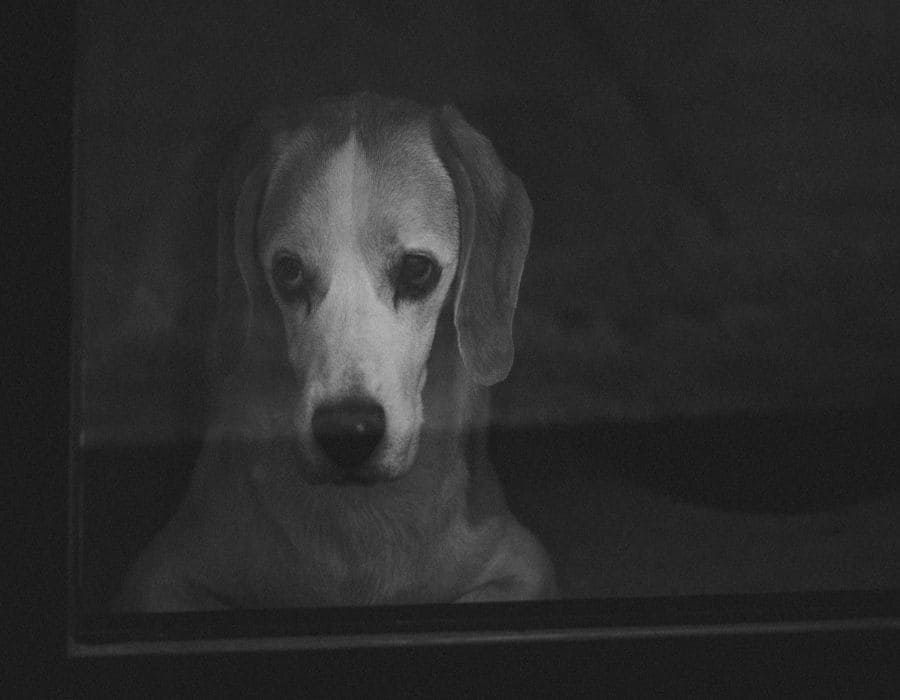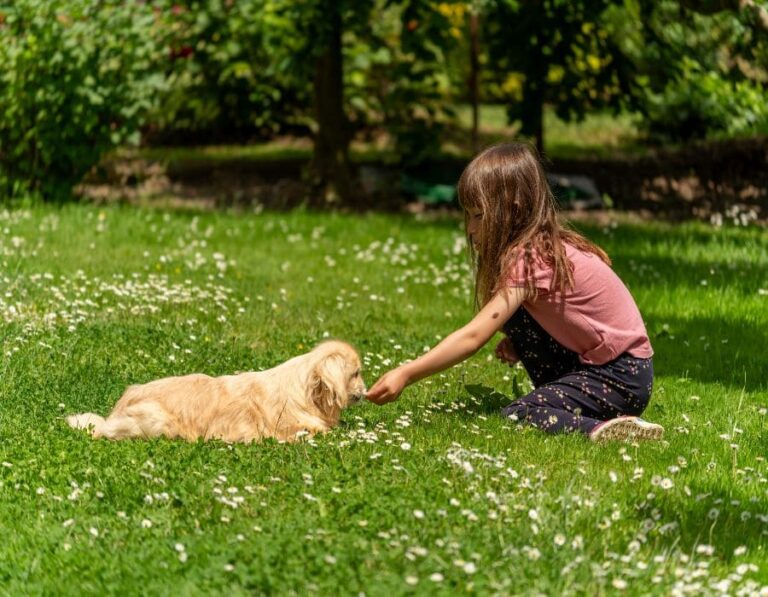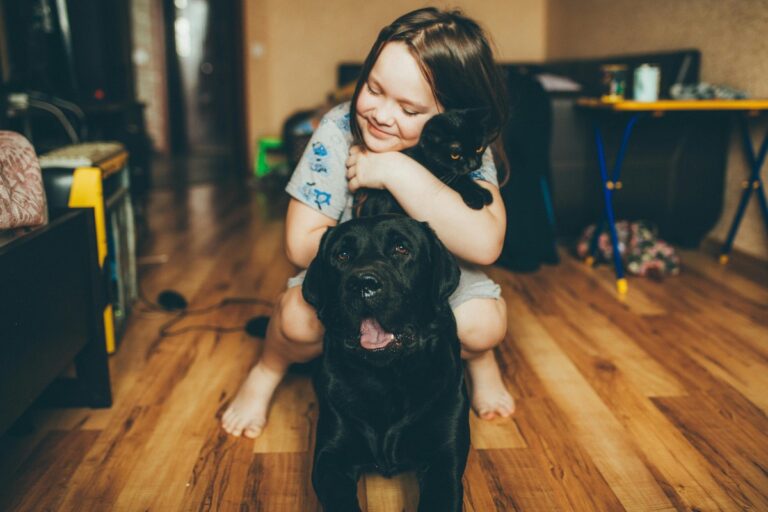10 Tips On Handling Your Dog’s Separation Anxiety
Separation anxiety is a common issue for many dogs, and it can be heart-wrenching to watch your furry friend struggle when you’re not around. This anxiety can manifest in behaviors like excessive barking, chewing, or even attempts to escape. Addressing separation anxiety requires patience and consistency.
Luckily, with a bit of effort and understanding, you can help your dog feel more at ease when you leave. Here are 10 unique tips to help your dog manage separation anxiety and feel more comfortable when they’re on their own.
Gradual Departures and Arrivals
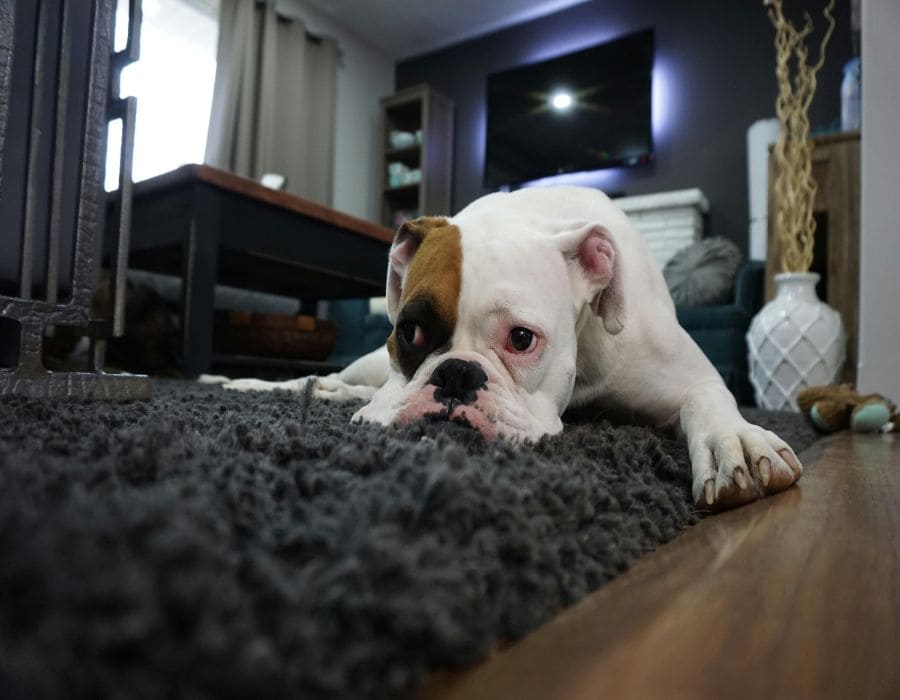
Start by practicing brief separations, slowly extending the time you leave your dog alone. This helps them get used to your absence and understand that you will always return, reducing the anxiety surrounding departures.
Create a Safe, Comfortable Space

Designate a specific area for your dog when you leave, such as a crate or a dog-proofed room. Make this space cozy with blankets, toys, and treats so they associate it with positive experiences instead of stress.
Exercise Before You Leave
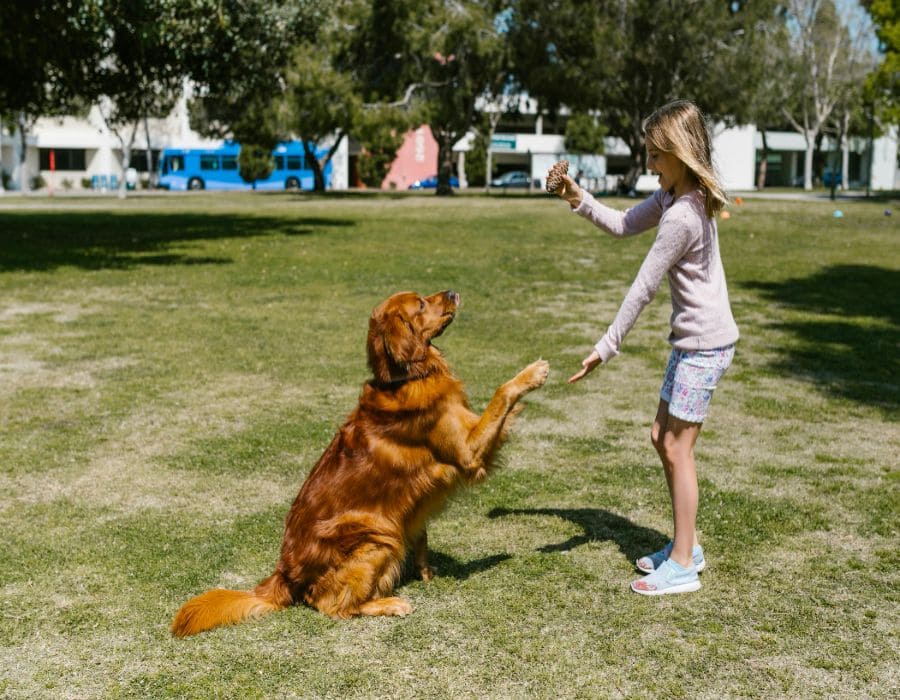
A tired dog is a content dog. Engage in a play session or a walk before you leave to help burn off excess energy. A physically tired dog will be more likely to rest calmly while you’re away.
Use Interactive Toys or Puzzles
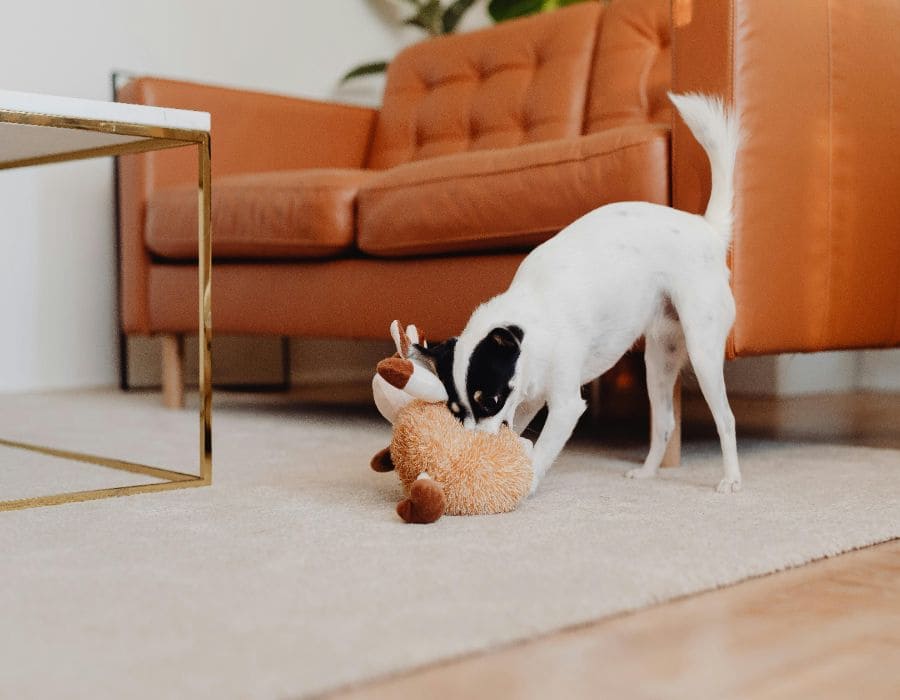
Keep your dog’s mind occupied with puzzle toys or treat-dispensing gadgets. These not only provide mental stimulation but also distract your dog from the fact that you’ve left, easing their anxiety.
Avoid Dramatic Goodbyes and Hellos
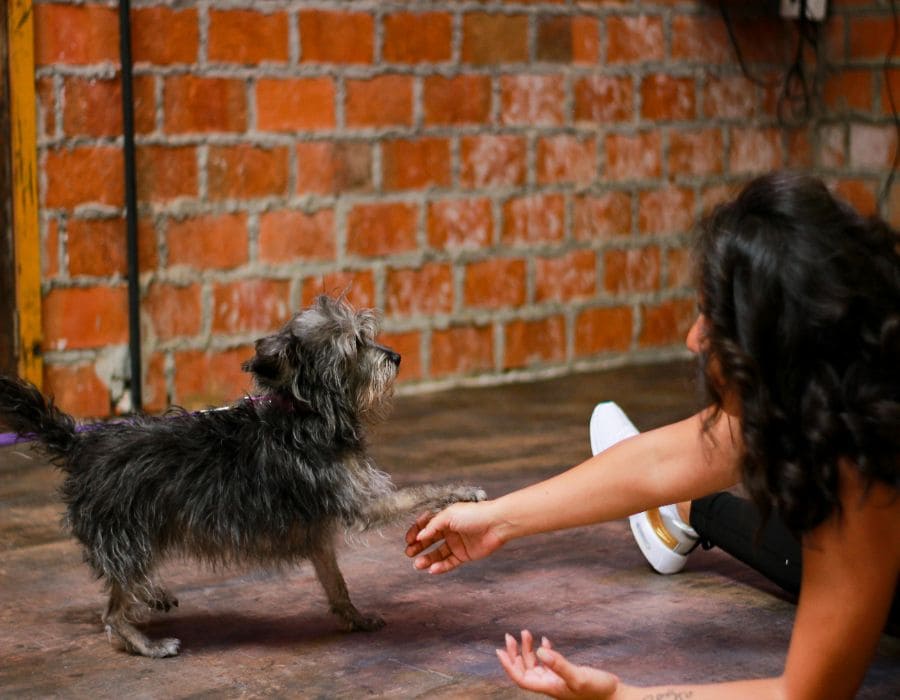
Minimize emotional scenes when you leave or return home. If you make a big deal out of your departures and arrivals, it can make your dog feel more anxious. Keep things calm and neutral to reduce their stress.
Provide Calming Products
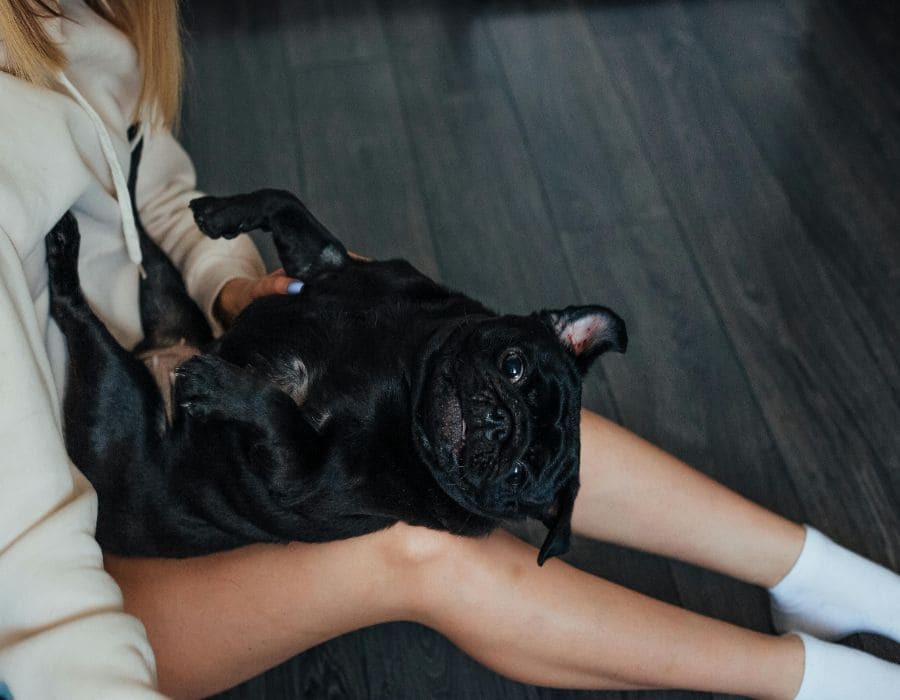
Consider using calming sprays, diffusers, or wraps designed to help reduce anxiety. Products with pheromones like Adaptil or calming music can help soothe your dog, especially in the first few minutes after you leave.
Desensitize Your Dog to Triggers

Certain cues, like picking up your keys or putting on your shoes, may signal your departure. Practice these actions without leaving to desensitize your dog. By doing so, you’ll reduce the anxiety associated with these triggers.
Consider a Dog Walker or Pet Sitter
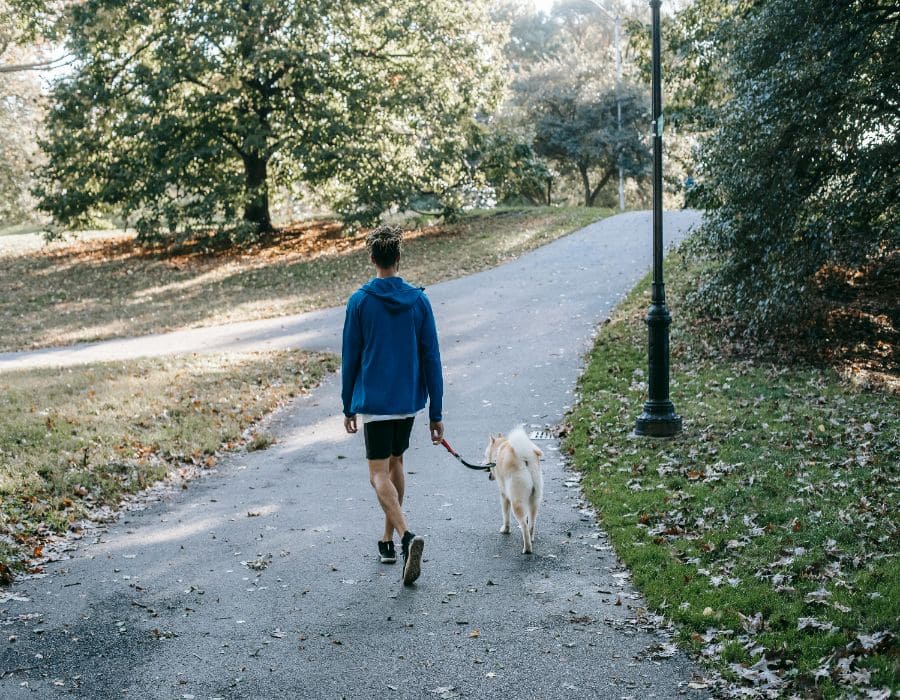
If possible, have someone check in on your dog while you’re away. A dog walker or pet sitter can provide much-needed companionship and care, helping break up long periods of isolation and reducing separation anxiety.
Train with Positive Reinforcement
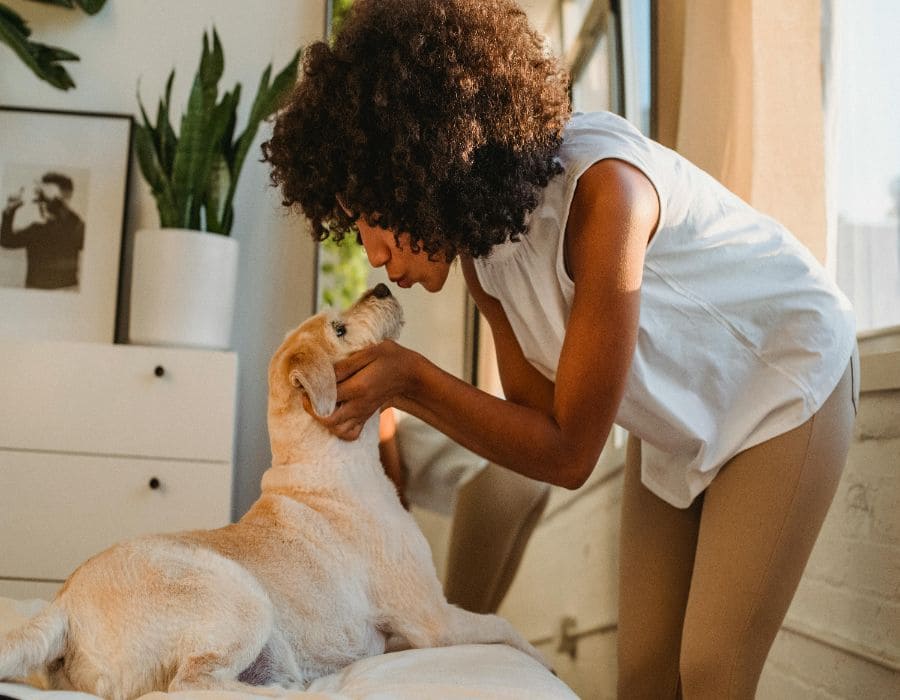
Use positive reinforcement techniques to teach your dog that being alone is okay. Reward calm behavior when you leave and return. This helps them associate being alone with rewards, rather than feeling abandoned.
Consult with a Professional
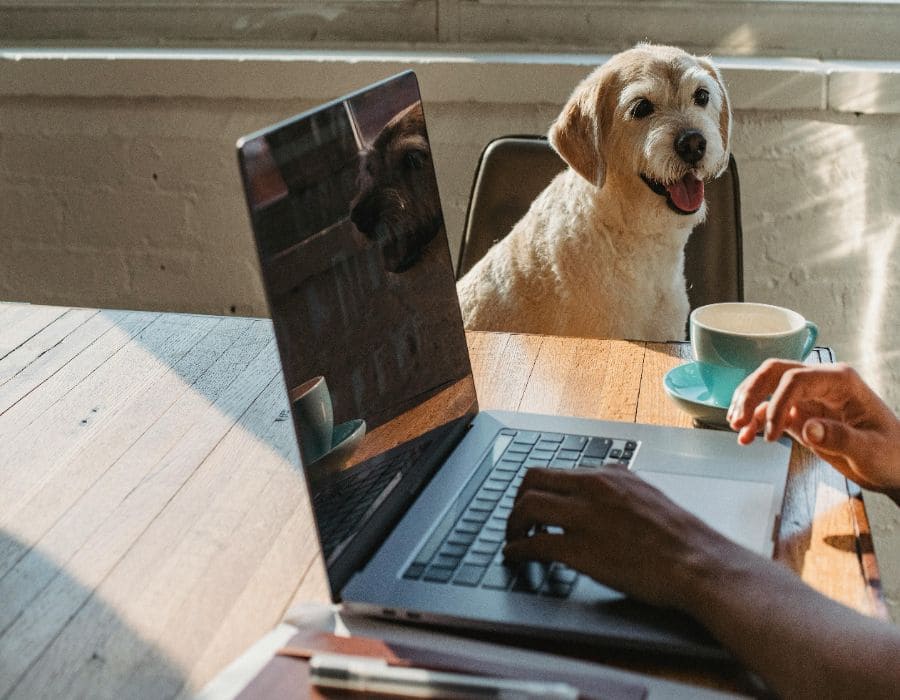
If your dog’s separation anxiety is severe, don’t hesitate to consult with a professional dog trainer or behaviorist. They can offer personalized advice and a structured training plan to address your dog’s specific needs.
Final Thoughts
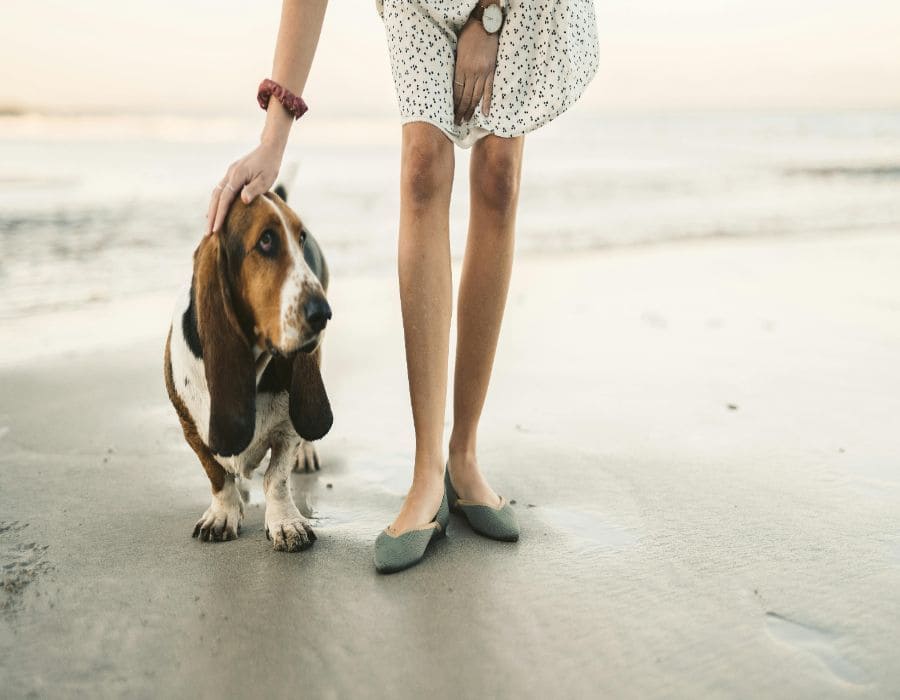
Handling your dog’s separation anxiety requires time, patience, and consistency. By incorporating these strategies and maintaining a calm, positive environment, you can help your dog feel more secure when left alone, promoting a happier and healthier life for both of you.

